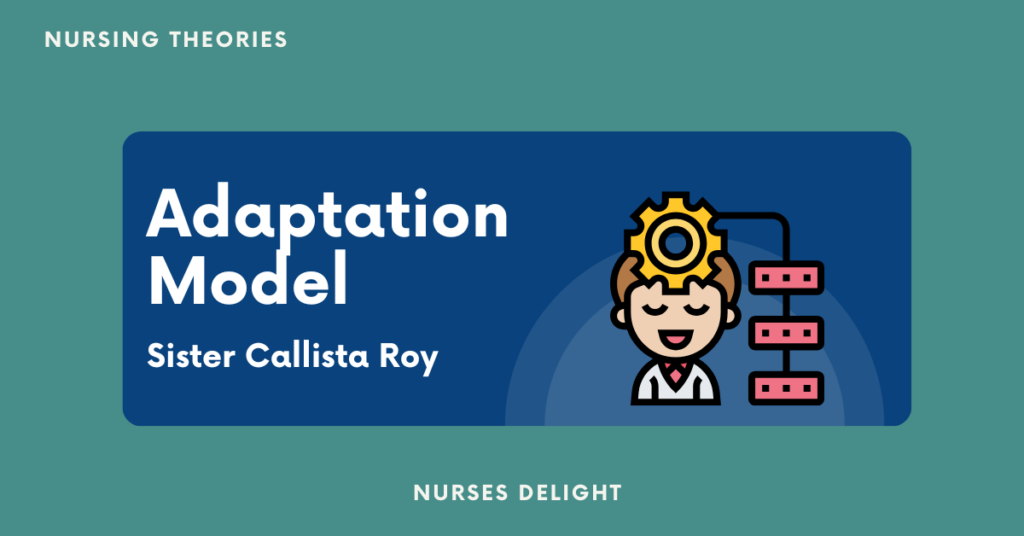21 Nursing Problems Theory by Faye Glenn Abdellah
Faye Glenn Abdellah’s 21 Nursing Problems Theory is a patient-centered approach that has altered nursing’s focus away from disease treatment […]
21 Nursing Problems Theory by Faye Glenn Abdellah Read More »










